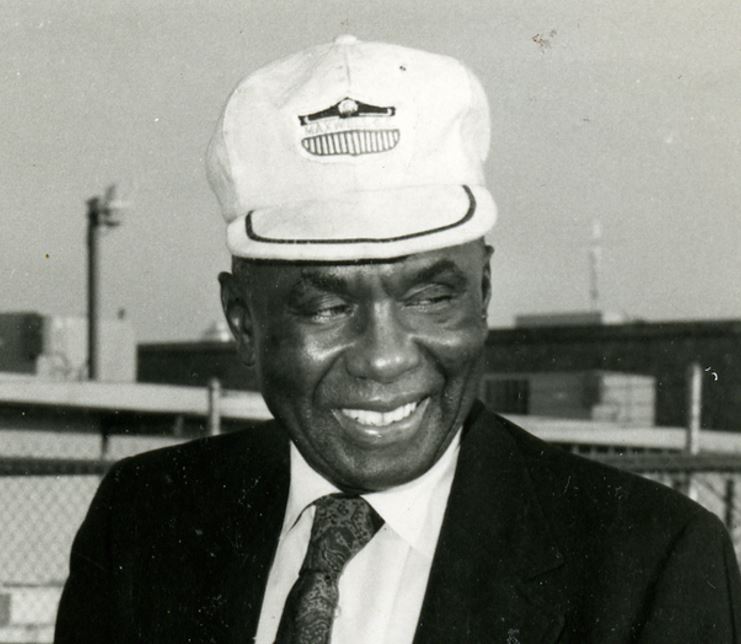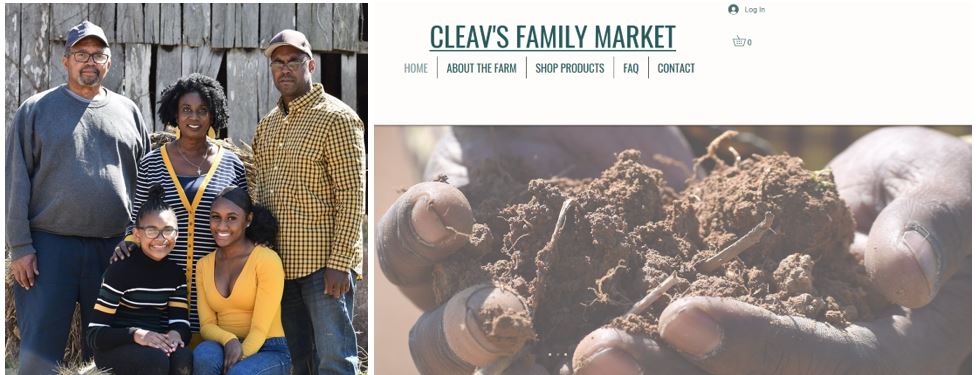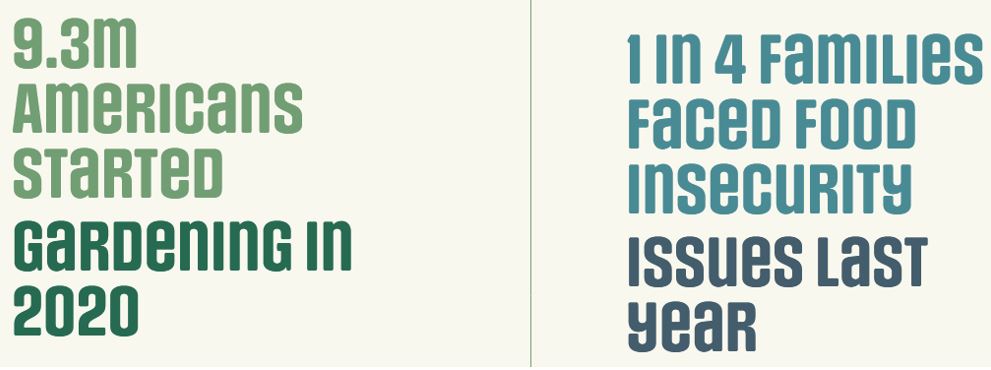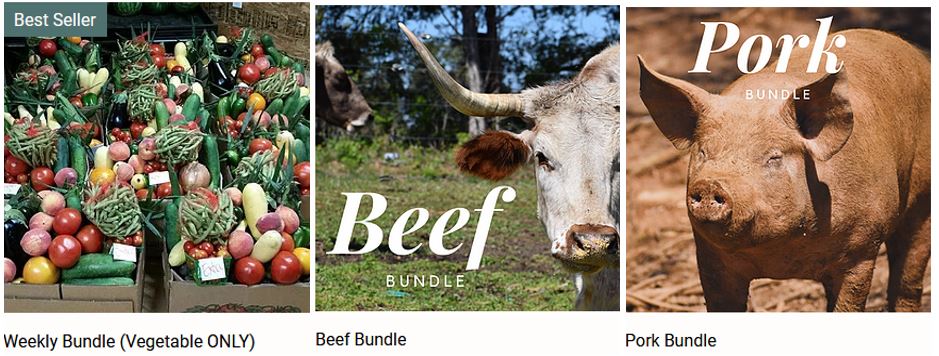 By Neenah Payne
By Neenah Payne
My First Community Supported Agriculture (CSA) Program explains that I joined my co-op’s CSA program in early June after watching Ice Age Farming – “Solutions Watch” with James Corbett in which Christian Westbrook (The Ice Age Farmer) recommends joining a Community Supported Agriculture program.
An email from The Million Gardens Movement later said:
“Farmers’ markets and CSAs are wealths of both gardening knowledge and histories. Community Support Agriculture—known as CSAs—are programs where locals can commit to buying regular boxes of fruits and vegetables from farmers, locking in good prices and guaranteeing the farmer knows they have a place to sell to. Recently, Modern Farmer revealed that CSAs’ roots are in Black agriculture and community-building, another example of resilient farming that’s been excluded from dominant narratives about American food.
One great features of CSAs is that they put you directly in touch with growers. Want to know why those carrots taste delicious, or how they’re dealing with the drought: ask! Growers want to help growers, that’s something we’ve seen so much of from members like yourself. And if you get a CSA, can you post a photo of it online with the hashtag #ShowUsYourShare? Modern Farmer might feature them in a new series and we’re trying to get as many beautiful CSAs out into the world.
For inspiration on what to cook with your farmers’ market haul, or even how a great vegetable vendor acts, Laurie Marie Neubert’s newest blog post is a love letter to a rainbow of tomatoes, the people who grow and roast them, and the markets where she can buy great local foods. There are two bonus recipes that use low-and-slow heat to get the best out of juicy vegetables.”
We’re Compiling a List of CSAs in All 50 States
The Benefits of CSA (Community Supported Agriculture) says:
“Most CSA harvest seasons and deliveries run May until November; sign-up takes place pre-season, usually January through April.”
My CSA: Lancaster Farm Fresh Co-operative
Since California grows over a third of our vegetables and supplies two-thirds of the fruits and nuts in the US, when the severe drought hit California in June, I knew it was time to join my co-op’s CSA. Locally-grown food is also much more nutritious and tasty than food shipped across the country. It cuts out the middlemen, allowing more profit for farmers while making food cheaper.
On June 11, I called The Lancaster Farm Fresh Co-Op and signed up for a small vegetable share which I pick up Wednesday evenings in the Community Room of my building. Each member of the co-op’s CSA signs up for 2-3 one-hour shifts from April until October. On Monday and Wednesday, my CSA emailed me reminders, info about the likely contents of my share (shown below) this week, and a link to recipes.
The Lancaster CSA began with six farms in 2006, but now has over 120 and reaches several states.
What is Lancaster Farm Fresh Cooperative? and Mission | Lancaster Farm Fresh
https://lancasterfarmfresh.com/pick-locations
The CSA’s Hidden Roots in Black History
Community Supported Agriculture Is Surging Amid the Pandemic points out:
“Editor’s note: This article has been updated to reflect the fact that Black farmers in the Southern U.S. had pioneered a community-supported agriculture model in the 1960s and ’70s…
CSAs are rooted in Black farmers in the South: In the 1960s and 70s, farmer and Tuskegee University professor Booker T. Whatley began advocating for what he called ‘Clientele Membership Clubs.’”
The Mother Earth article CSA Is Rooted in Black History expands on this information.
The Million Gardens Movement emailed The CSA’s Roots in Black History which shows that Booker T. Whatley introduced the CSA concept in the 1960s as a solution for struggling Black farmers. It points out “his contribution to modern agriculture has long been excluded from the dominant narrative”. As a Black American, I was surprised I had never heard this part of our history which is playing such a key role now in protecting the nation. Food Is A Double National Security Issue shows that 40% of Americans waiting in food lines for as long as 12 hours now had never been food insecure before 2020. This new threat is part of what is driving the growth of CSAs now.
Founder of CSA: Booker T. Whatley
 Booker T. Whatley was a horticulturist and agricultural professor at Tuskegee University in Alabama. Photography courtesy of Tuskegee University Archives.
Booker T. Whatley was a horticulturist and agricultural professor at Tuskegee University in Alabama. Photography courtesy of Tuskegee University Archives.
The article points out:
“Last spring, farms across the country saw a surge in demand for their CSA programs, with signups and waitlists that flourished at rates not seen before. As families sheltered in place at home and farmers’ markets either closed or ran under tight restrictions, more people turned directly to local farms to guarantee food for the months ahead. Some farmers even introduced home delivery options to bring the boxes directly to consumers’ doors.
Yet, even with all the attention surrounding Community Supported Agriculture programs, coupled with the national reckoning following the murder of George Floyd last year, little space has been given to telling the full story of the CSA model. How deeply rooted the CSA is in Black history is rarely discussed—let alone properly attributed—by those who offer one.
Two New England farms, Indian Line Farm in Massachusetts and Temple-Wilton Community Farm in New Hampshire, have widely been credited with starting the CSA movement in America, said to have been inspired by European agricultural traditions. The farms—one white-owned and one member-owned—implemented their first farm share programs in 1986.
But the story of the CSA model actually begins decades earlier, in the 1960s and ‘70s, with a man named Booker T. Whatley. A Black horticulturist and agricultural professor at Tuskegee University in Alabama (where he followed in the footsteps of George Washington Carver), Whatley was an advocate for regenerative agriculture, among other environmentalist practices. At the height of the civil rights movement, Whatley began counseling the Black farmers who were deeply engaged in that struggle.”
The article adds:
“The ideas that [Martin Luther] King [Jr.] and others stood for, first and foremost, came from the importance of land and farming for Black communities in the South,” says Clyde Ford, a corporate trainer on racial justice and author of Think Black, as well as the forthcoming Freedom Dues, the story of how Black labor built America.
The popular narrative about the civil rights movement is largely focused on presidential elections, but Ford explains that there were equally as—if not more—important elected positions for Black landowners to vote for, ones that directly impacted their businesses and livelihood. The local farm service committees that determined how federal programs and loans were distributed consisted of elected members, meaning Black landowners could finally have the opportunity to vote for them. “That was critically important to how they received loans, received economic support and essentially received information that would help them as farmers,” says Ford.
Black farmers were routinely denied loans and grants by the federal government, costing them land, money and agency. As a way to help them keep their land while also supporting their local Black communities, Whatley advocated for pick-your-own farms and what he called clientele membership clubs, which entailed customers paying up front for a season of food as a way of guaranteeing business.
‘The clientele membership club is the lifeblood of the whole setup. It enables the farmer to plan production, anticipate demand, and, of course, have a guaranteed market,’ Whatley told Mother Earth News during an interview in 1982. ‘However, that means the grower had better work just as diligently at establishing and maintaining the club as at producing the crops. Put it this way: If you fail to promote your club, something terrible happens—nothing!’
Whatley eventually published these and other ideas in his 1987 handbook How to Make $100,000 Farming 25 Acres, a guide still embraced by small farmers today. The principles it contained were targeted as solutions for farmers with limited resources, such as the African American farmers suffering neglect at the hands of the USDA, according to Ford.”
https://milliongardensmovement.org/
Cleav’s Family Market
The article points out:
“’The whole CSA movement grows out of this recognition that there’s not going to be support from above from the government, that you have to find the support within the community,’ says Ford, who delved into the origins of the CSA movement while researching for his contribution to We Are Each Other’s Harvest, a new book from Natalie Baszile that celebrates the stories of Black farmers in America. ‘[The concept of] ‘buy local’ wasn’t just to support your community; ‘buy local’ was survival for Black folks. It was the only way, in many instances, that they were able to survive.’
For several decades, CSAs have remained a bit of a niche market, and the ‘eat and buy local’ movement has struggled to expand into the larger mainstream. The pandemic has helped change that, showcasing the model’s importance to the future of our food system. Black farmers are part of that future, too. ‘The CSA has basically been co-opted by co-ops and buying co-operatives who somehow mistakenly traced the roots of CSAs back to Europe, which has nothing to do with it in this country, and conveniently forget the role that Booker T. Whatley served,’ says Ford, whose own family has deep agricultural roots.
The CSA’s Roots in Black History adds:
“The Black Farmers Collective also has two other farm locations, and it offers a CSA program. The goal is to not only grow produce but to grow the next generation of young farmers. ‘I would like to see young farmers that got their start here and then went on to grow elsewhere,’ says Williams. Out of the 3.4 million farmers in the US today, only 45,000 are Black, with white farmers accounting for 98 percent of the acres being farmed. Meanwhile, Black farmers such as Travis Cleaver, owner of Cleav’s Family Market in central Kentucky, are fighting to reclaim their agricultural heritage while also supporting their local communities, following a path for which Whatley helped pave the way.”
 Travis Cleaver, right, stands with his father Kenny Cleaver, his mother Debra Dorsey-Jones, and his daughters Trinity and Tahlia Cleaver. Photo courtesy of Travis Cleaver.
Travis Cleaver, right, stands with his father Kenny Cleaver, his mother Debra Dorsey-Jones, and his daughters Trinity and Tahlia Cleaver. Photo courtesy of Travis Cleaver.
Vegetable Box vs CSA
https://www.cleavsfamilymarket.com/about-the-farm
The article points out:
“Cleaver runs his livestock and vegetable farm, through which he offers a weekly CSA—although you won’t hear him calling it that. ‘The term CSA has a bad stigma now, because so many people have been burnt by giving up this money and not getting back what they wanted,’ says Cleaver, who believes the pay-ahead CSA model fails to be inclusive and accessible to many. ‘I was raised by a single mother, so I know it’s hard to come up with $600 when the rent’s due.’
Instead, Cleav’s Family Market offers something it calls a vegetable box. Priced at around $40 for a family of four, the boxes are offered weekly for an 18-to-20-week period. ‘We base ours after what Booker T. Whatley did,’ but with a slight twist, he says. Subscribers confirm their box weekly, on Wednesday, which is distributed at various locations on Saturday. This format enables families to buy the fresh produce when they can afford to, with no penalties if they skip a week or two, allowing customers grace during times like back-to-school, when money is tight in many households in his community.”
The article concludes:
“While only a small part of the farm’s initiatives, Cleaver says the vegetable boxes have allowed him to steadily grow his practices and customer base without needing to rely on outside investment or loans. ‘What the CSA model does is that it makes you able to learn your craft as you go,’ he says.
Perhaps fittingly, the concept could yet again help lift up Black farmers during a time of racial reckoning, just as Whatley designed.”
Black-Owned Farms and CSAs
6 Black-Owned Farms and CSAs Doing Revolutionary Work reports:
“For Black farmers, there are clear links between sustenance, land ownership, and liberation….Especially important are farms and CSAs that are Black-owned. The community work they do — from introducing children to gardening to equipping formerly incarcerated people with the skills to grow food and transform it into livelihood — is critical. One of the main goals of these organizations is to reduce the number of food deserts, which are neighborhoods with limited or no access to fresh foods, due to a lack of grocery stores or major distances to the nearest ones. Food deserts exist disproportionately in Black and Hispanic neighborhoods….
Enter the six Black farmers and CSA programs below.”
- Soul Fire Farm Petersburg, NY
- Farms to Grow, Inc. Oakland, CA
- Gangstas to Growers Atlanta, GA
- Swanson Family Farm Hampton, GA
- Black Farmers Collective Seattle, WA
- Mother’s Finest Family Farm Charlotte, NC
CSA Is Rooted in Black History
CSAs Support Self-Reliance
The article shows that the CSA movement is built on the agorist model of self-reliance rather than dependence on the government. CSAs support both farmers and the people for whom they grow food. They also create a sense of community — one rooted in the land. Many Americans are benefiting now from the sense of independence CSAs provide.
However, as Americans embrace the CSA model, its origin has been assigned to Europe rather than Black America. This is an example of the Stolen Legacy that has left Africans and Black Americans bereft of credit for fundamental contributions. See two important examples: How The Haitian Revolution Changed America and How African Rice Growers Enriched America.
Bill Would Reveal Race, Gender of Those Receiving Farm Subsidies points out:
“The USDA has a long and upsetting history of discrimination against farmers of color. One example of that is the fact that the grants, loans and subsidies the USDA has distributed over the years have rarely made it into the bank accounts of Black farmers. A new proposed bill, from Representative Bobby Rush of Illinois and Senator Cory Booker of New Jersey, aims to reveal who is receiving those subsidies.
One frequently repeated statistic when it comes to the history of Black farmers in the United States goes back to 1920, when there were around 950,000 Black farmers in the country. Today, there are only 45,000. Black farmers also, on average, make far less money than white farmers and own far less land, as a result of discriminatory policies: it has long been far more difficult for Black farmers to secure grants, loans and land, compared with white farmers.
Even during the COVID-19 pandemic, when American farmers received record amounts of government aid, little of it went to Black farmers; on average, white farmers received eight times more in aid than Black farmers —this is a larger gap than the average income discrepancy between white and Black farmers, which is already significant, at roughly $190,000 per year to under $40,000 per year, according to a report from The Guardian.”
Neenah Payne writes for Natural Blaze and Activist Post
Top image: Lancaster Farm Fresh
Become a Patron!
Or support us at SubscribeStar
Donate cryptocurrency HERE
Subscribe to Activist Post for truth, peace, and freedom news. Follow us on Telegram, SoMee, HIVE, Flote, Minds, MeWe, Twitter, Gab, Ruqqus and What Really Happened.
Provide, Protect and Profit from what’s coming! Get a free issue of Counter Markets today.





